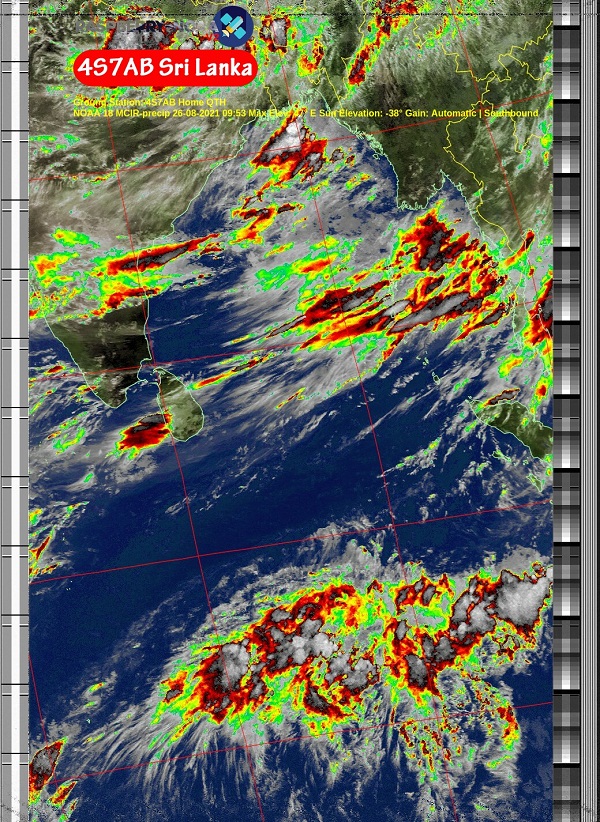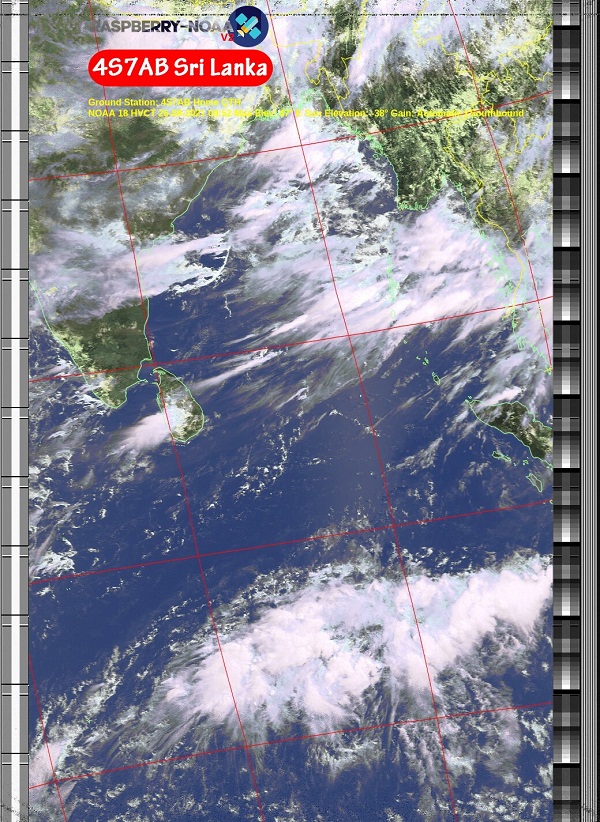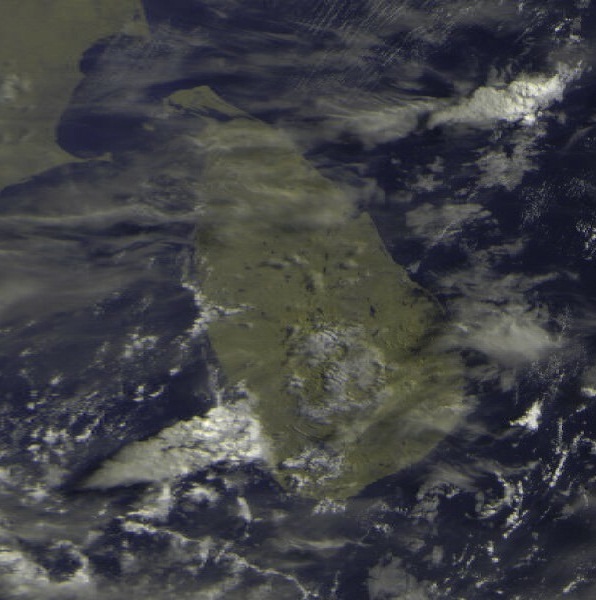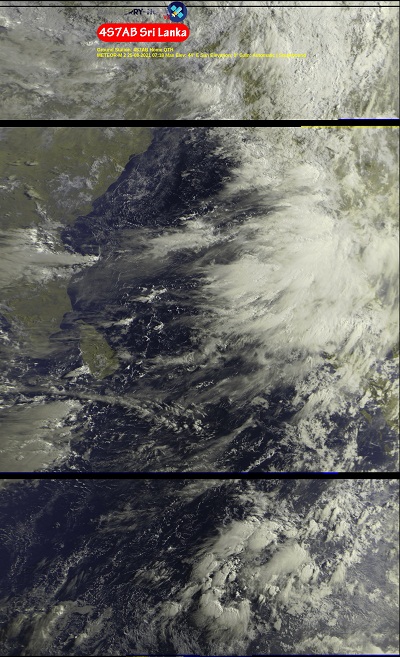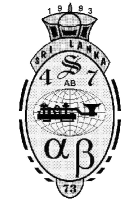Properly Decoding Weather Sats
Properly Decoding Weather Satellites NOAA / Meteor | by 4S7AB
500+ already viewed!
Article Summary
As a Ham Radio Operator during my early days, I was fascinated by the ability to decode real time weather pictures from passing NOAA sattelites. Back in 2001, a major factor in deciding to buy the FT847 was it’s ability to tune in the 137Mhz range where the NOAA sats are transmitting.
Article Highlights
- QFH Antenna
- Hoembrew LNA
- Raspberry NOAA V2.0

Kamal Edirisinghe
4S7AB / KA5MAL
Author Aug 2021
Having More than 35 years of experience in the Field of Amateur Radio, I have published many articles in prestigious international publications like, QST, CQ-DL, NCJ, Six-News etc.. Here in this web site, these write-ups are intended to give you knowledge about my designs and projects related to the hobby. The articles about foreign HAM activities are intended to share my experience.
- Full Solar Powered Radio Station
- SO2R and Multi-Multi Compatible
- Operate on All Bands/Modes/SATS
- DXCC #61,271
- IOTA AS-003, CQ-22, ITU-41
In 2001, while I was doing my higher studies in Sweden, having the shiny FT847 on my table, I wanted to try everything that is possible with this radio. Lucky for me, I had the access to a wold class electronic testing and protyping lab in Stockholm to try out almost anything that comes to my mind.
This article comes in the ARRL Handbook. The inductors were caps are easy to find in my lab. I was lucky enough to find the GASFET also in the lab. Then I could jump start on this project.
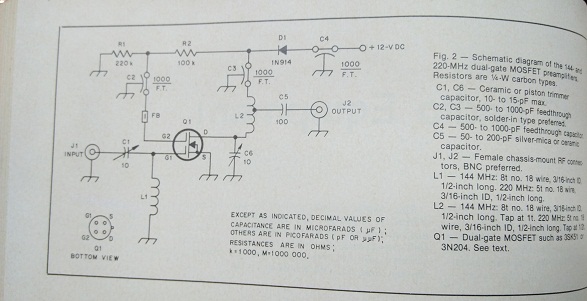
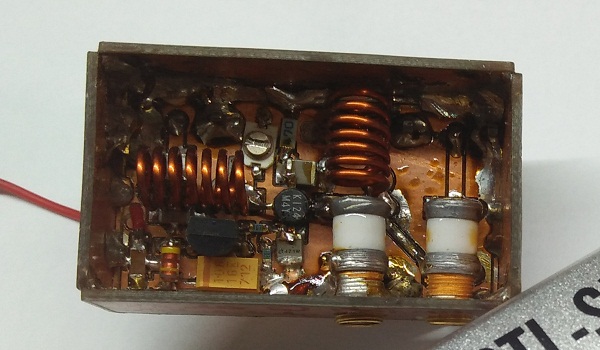
I started with the antenna, the eggbeater for 2m. That was made for HAM satellites but was OK for NOAA sats on 137Mhz. I was getting fairly good signals but wanted to make it better. I decided to build this LNA from the ARRL handbook. The PCB was homebrewed and the LNA was made with very high quality trimmers and coils. With all the tools abailable for me at that time, I was able to get 19dB gain on 137Mhz.
With this setup and Wxtoimg software, I was able to decode the NOAA sats with fairly good detail. But the FT847 had a limited bandwidth of 30Khz on FM. Therefore the pictures didn’t have the ‘depth’ that is possible with modern SDR receivers. But given the available resources at that time, I was quite happy about the results.
20 years later, today we are in the SDR age. It’s a different ball game now. I wanted to give a try and build a “fully automated” Meteor and NOAA decoding station using a Raspberry Pi and a cheap SDR dongle. I wanted to make it nearly perfect this time.
For the Automating part, there is a nicely written set of shell scripts by a Github user. This takes care of scheduling the passes and running each component in the correct sequence. Then it will also create the images and nicely present them in a web format. The link is below. I have dedicated a Raspberry Pi4 and installed Raspbian buster and the Raspberry NOAA V2.0 in it.
https://github.com/jekhokie/raspberry-noaa-v2
The RTL-SDR 2832U was used as the RF front end. Most DVB-TV Dongles can also be used. The Wide RX bandwidth helps a lot in extracting all the data that is transmitted by the satellite.
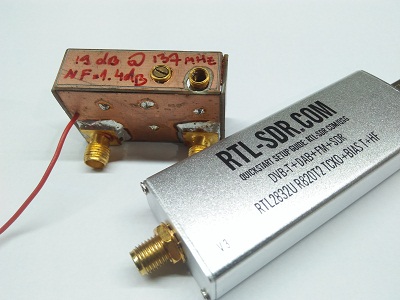
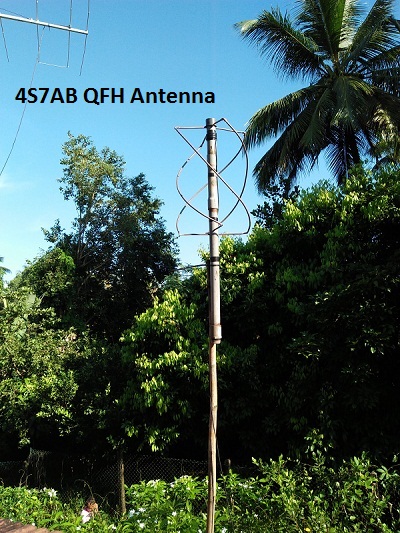
The most important component of this setup is the antenna. many antennas can be used starting from simple dipole, crossed dipole, V dipole etc.. But a circularly polarized QFH antenna is a near perfect solution. A nice QFH antenna was made using copper tubing and installed it in a good place where it can see most of the horizon. The antenna is fed to the SDR dongle with a good quality RG-8 cable of 8m length. All NOAA and Meteor sats are polar orbitting and they come and go more or less from North or South. For Sri Lanka, it is important to see what’s hapenning in the bay of Bengal. Becuase most sudden weather changes here are due to the weather effects in the Bay of Bengal. Therefore I have made sure my QFH sees the North East Direction pretty well. I have also installed my Homebrew LNA at the feed point. With
this setup I can decode quite useful pictures(below).
Making the QFH antenna was fun for my Kids too. Somewhat orthadox shape of this antenna makes it a bit confusing to understand at the beginning. But when you get the design understood, it becomes easier than a dipole.
I wish to thank 4S6TMP Tharanga and 4S6SAD Sadeepa, my ham radio colleagues for helping me to get the software properly configured.
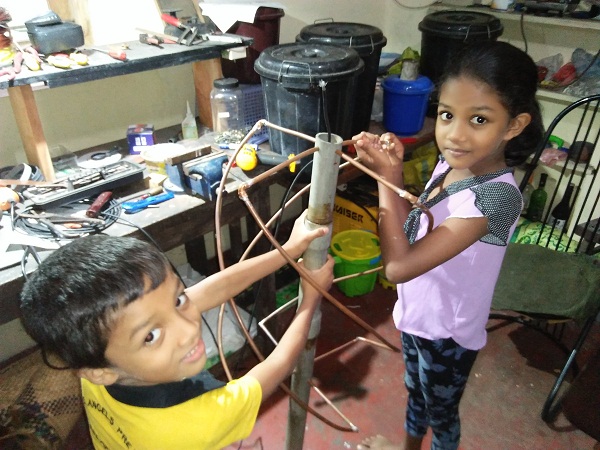
Helping hands available always when needed at the expense of an ice cream. Thanks Anuhas and Ahinsa
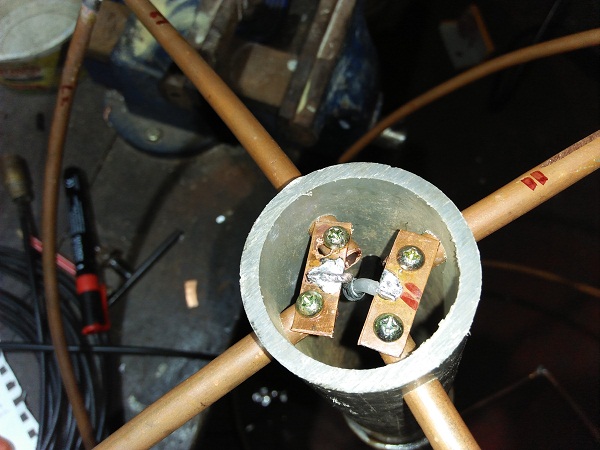
Inside of the QFH antenna feeding box. This can be a bit confusing at times for the novice builder
Final Results - Outstanding Weather Pictures
